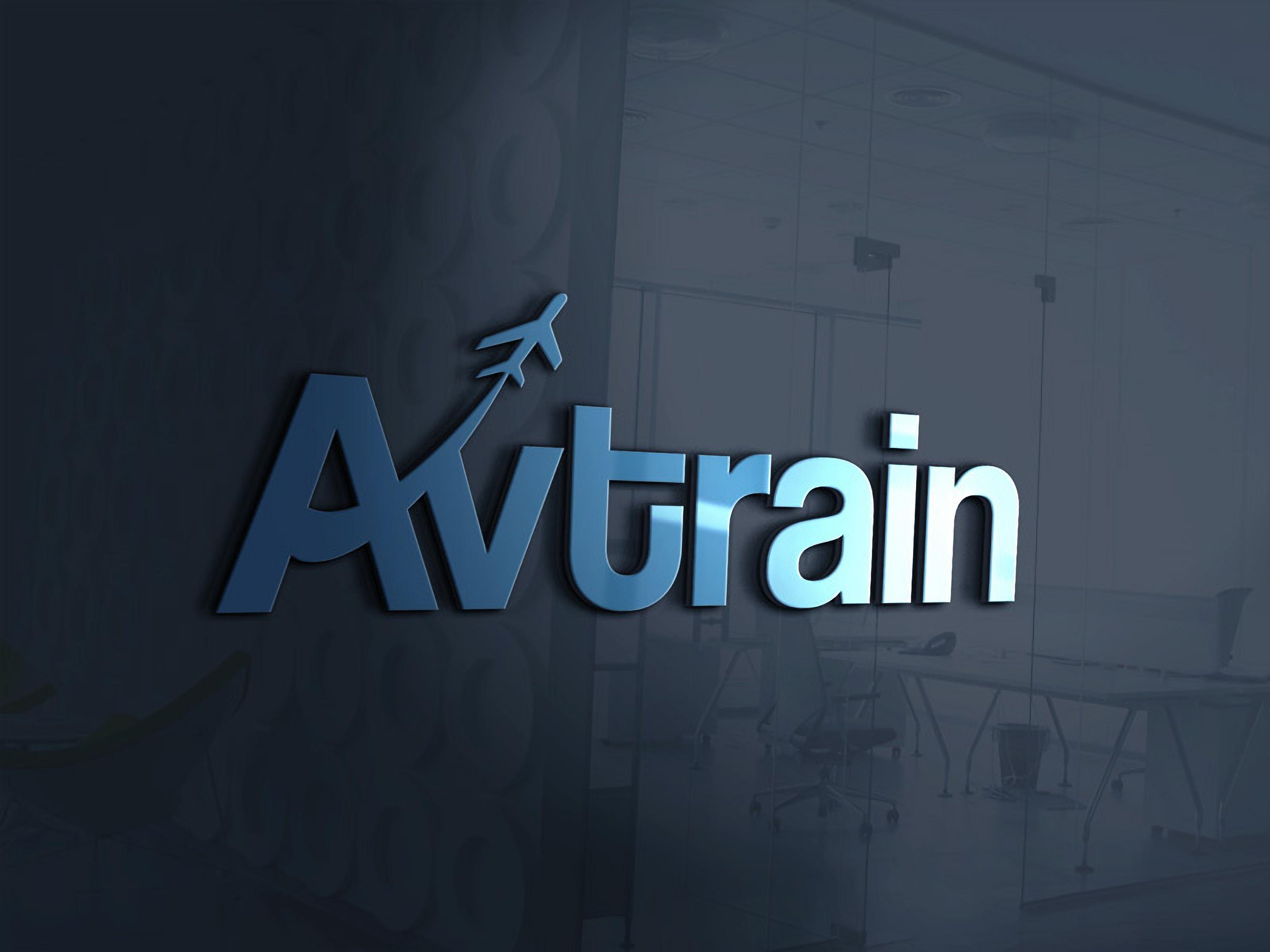
What is STS-01? Standard Scenario for VLOS Operations Explained.
STS-01 is a Standard Scenario that allows drone operations in the 'specific' category without requiring a complex risk assessment and expedites regulatory approval using a declaratory process. STS-01 involves drone operations conducted in Visual Line of Sight (VLOS) over a controlled ground area in a populated or sparsely populated environment.
Operational Characteristics
Level of Human Intervention
- No autonomous operations are allowed
- Remote pilots must maintain control of the UA at all times
- Only one UA can be operated per remote pilot
- Operations from moving vehicles are prohibited
- Control handover to another command unit is not permitted
Ground Control and Area Requirements
- Operations are conducted over a controlled ground area.
- The ground area must be under the control of the UAS operator.
- All persons in the controlled ground area must be informed of the risks.
- Explicit consent is required from all participants in the operation.
- Operations may be located in a populated environment.
UA Range and Visibility Requirements
- The remote pilot must maintain visual contact with the drone at all times.
- Flight visibility must allow the remote pilot to conduct the entire flight in a visual line of sight (VLOS).
- Maximum ground speed is limited to 5 m/s for untethered UA.
Operational Area Structure
- The operational area consists of three distinct zones:
- Flight geography (the actual flight area).
- Contingency volume (minimum 10m beyond the flight geography).
- Ground risk buffer (distance depends on operational height and weight).
- The control ground area should have a radius equal to the tether length plus 5 meters for tethered UA operations.
UA and Flying Limitations
- Maximum characteristic dimension (wingspan, rotor diameter, etc.) of less than 3 meters.
- Maximum Take-Off Mass (MTOM) of less than 25 kg.
- The drone must carry a C5 Class Identification Label (CIL).
- It must be electrically powered.
Height and Airspace Restrictions
- Maximum height is limited to 120 meters from the closest point of the Earth's surface.
- Height may be increased up to 15 meters above obstacles taller than 105 meters when flying within 50 meters horizontal distance.
- Operations in controlled airspace require coordination and flight authorisation.
- Operations in uncontrolled airspace may have limitations set by Member States.
Ground Risk Buffer Requirements
- Ground risk buffer minimum distances vary based on maximum operational height (10/30/60/90/120m AGL) and MTOM (below/above 10kg).
- Ground Risk Buffer implementation should always consider the "1:1 rule".
UAS Operator Responsibilities
Documentation and Planning
- Develop a comprehensive operations manual.
- Define the operational volume and ground risk buffer.
- Implement security and data protection measures.
- Create guidelines to minimise nuisance to people and animals.
- Develop and validate an Emergency Response Plan (ERP).
- Upload updated information into the geo-awareness function.
Operational Procedures
- Ensure the controlled ground area is in place and effective before operations.
- Inform all persons in the controlled ground area about operation risks.
- Ensure an adequate level of performance for any externally provided service.
- Keep records of UAS operations for at least 3 years.
Remote Pilot Requirements
Qualifications and Training
- Hold a "Remote Pilot Certificate of Theoretical Knowledge for STSs".
- Complete a practical skills training course for STS-01.
Technical Conditions
UAS Requirements
- Carry a C5 Class Identification Label (CIL).
- Have an active and updated direct remote identification system.
Declaration Process
- UAS operators must submit an operational declaration to the competent authority.
- The declaration confirms compliance with STS-01 requirements.
- The authority issues a confirmation of receipt and completeness.
- No explicit authorisation is required.
Contact Us Today
Navigating the STS-01 requirements can be challenging for drone operators. Our company provides comprehensive training for remote pilots, consultancy services for operational planning, and assistance in preparing operations manuals compliant with STS-01 requirements. Contact us today to ensure your drone operations are safe, compliant, and efficient under the STS-01 standard scenario.
Further Reading:
Want to learn about the Courses and Services Avtrain can provide?
Your drone does not carry C5 CIL? Learn more about PDRA-S01 here.
March 10, 2025